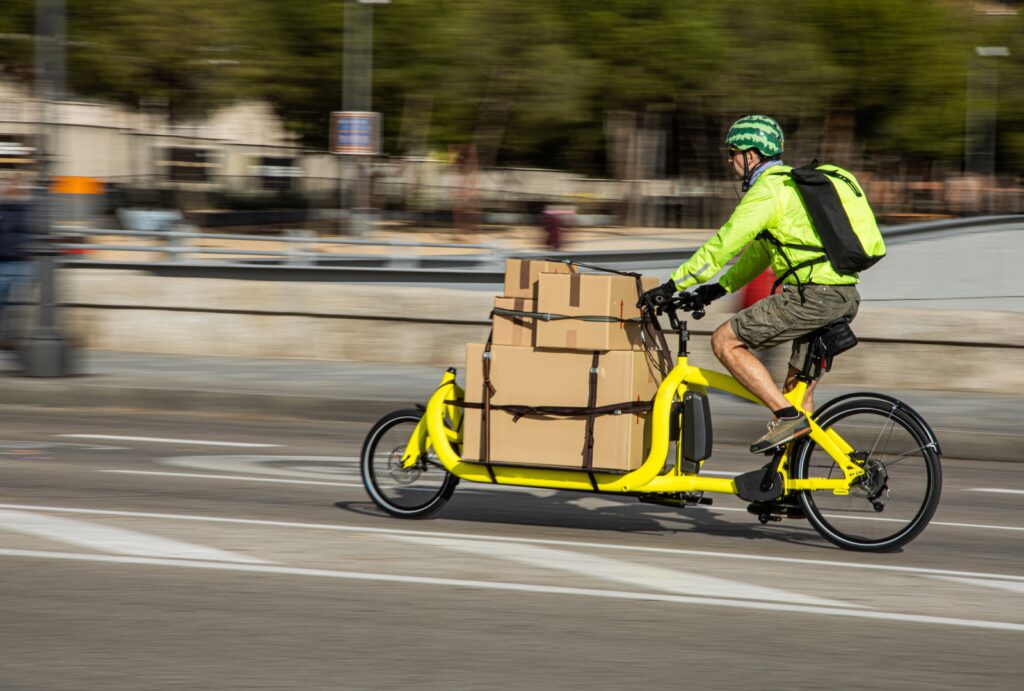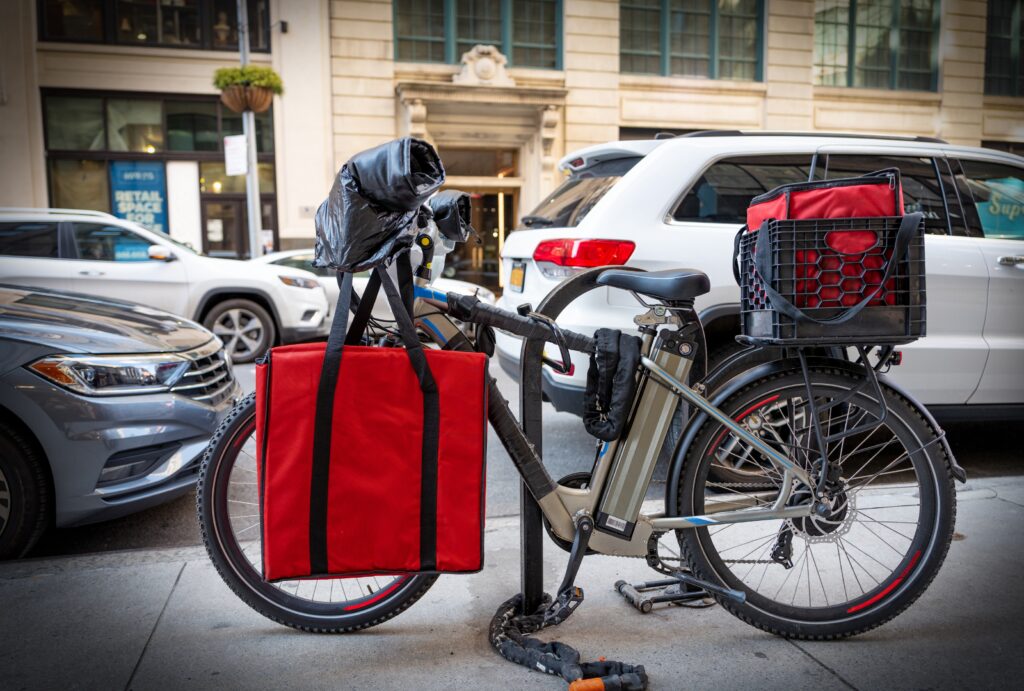Delivery and rideshare giant Lyft recently deployed over 200 new e-bikes for rent on the streets of Oakland, California. The program, a partnership between Lyft, the City of Oakland, and the Metropolitan Transporation Commission (MTC), will eventually include an additional 510 e-bikes and 19 new shared docking stations.
Even though the program just launched in April 2024, community response has been strong. During the first month, Lyft’s e-bikes were ridden about 20 times each compared to just 10 times each for classic bikes. Many riders find e-bikes to be a sustainable means of transportation for commuting or running errands, and they’re slowly transforming the delivery and rideshare industry.
Lyft’s Growing E-Bike Fleet

Lyft’s addition of new e-bikes in Oakland is just one part of an expansion program planned for the Bay Area. Lyft has partnered with Bay Wheels, the Bay Area’s regional bikeshare program, to coordinate the e-bike implementation in Berkley, Emeryville, Oakland, San Jose, and San Francisco.
The Oakland launch is the second phase in Bay Wheels’ e-bike growth strategy. The first phase occurred in fall 2023 when Lyft launched 1,500 additional e-bikes and 30 new e-bike docking stations in San Jose and San Francisco.
The USD 14 million deal will eventually see 2,700 new e-bikes added throughout the region. The next launch on the calendar includes 55 new e-bikes for Emeryville.
Lyft’s e-bike model is easy to use and can be docked at any Bay Wheels station. It’s designed for all heights and riding abilities, making it great for all community members.
Residents can use one of the bikes for a USD 3.99 unlock fee and a USD 0.30 per minute charge. Buying a day pass for USD 15 eliminates the unlock fee. Other options include a monthly pass for USD 29 or a yearly Bay Wheels pass for USD 150, both of which eliminate unlock fees and lower pricing to USD 0.15 per minute.
Uber and Other Bikeshare Groups

Lyft isn’t the only rideshare service in the e-bike game.
Uber also has its own electric bike program. In addition to renting e-bikes, the company operates the Lime app. Lime plans to add more than 30,000 new e-bikes to its fleets in North America, Europe, and Australia after a 32% increase in year-over-year bookings in 2023.
Citi Bike is another popular e-bike rideshare service. It boasts the largest fleet in the country with 25,000 bikes — about one-fifth of those bikes are electric. Riders can rent bikes from over 1,500 stations scattered across Manhattan, Brooklyn, Queens, the Bronx, Jersey City, and Hoboken. The company recently announced plans to double its electric bike fleet by the end of 2024.
The rising number of e-bikes in rideshare fleets raises some big questions about the future of the rideshare and delivery industry.
What This Means for the Delivery and Rideshare Industry

The continued growth of micromobility devices available for public urban use could positively affect delivery service workers. Our 2023 eBikes.org survey found that 24.2% of e-bike owners used their bikes for delivery or running errands, meaning that many Lyft renters could be using e-bikes for deliveries as well.
In large cities where owning a car isn’t necessary — or even feasible, in some cases — it’s common for Uber Eats, Instacart, and other service workers to make deliveries on foot or by bike.
But these methods can be slow and cumbersome, especially when time is money. With bikeshare programs, drivers can rent an e-bike to drastically reduce delivery times.
E-bikes typically travel up to 20-28 mph, and in many cities, they can use dedicated bike lanes to avoid traffic. Suddenly, a delivery trip that takes 20 minutes could become just 10 minutes or less, improving both driver and customer experiences.
While Lyft’s e-bikes might not be the best cargo e-bikes on the market, they do come with a front basket that’s suitable for transporting grocery or fast food bags. Riders can also put deliveries in a backpack to keep them secure on the journey.
No matter how delivery workers pack the cargo, the e-bike’s motor makes transporting it much easier. That means riders can potentially transport multiple orders at once and accept heavier deliveries.
Not only can e-bike sharing be a sustainable method of making deliveries, but it can also save drivers gas money and increase the number of deliveries they can complete during their shift.
Will E-Bike Delivery and Rideshare Fleets Continue to Expand?
Lyft and other e-bike services are investing heavily in expanding micromobility access in local communities. But we’re still waiting to see if these investments will pay off.
So far, though, results look promising. In the recent Oakland expansion, renters chose e-bikes for 2,542 trips in April 2024. Not only is this impressive for the first month, but it aligns with our predictions that e-bikes will grow in the delivery and rideshare service industries.
Check out our other 2024 predictions, and sign up for our eBikes.org newsletter to receive more news updates!



